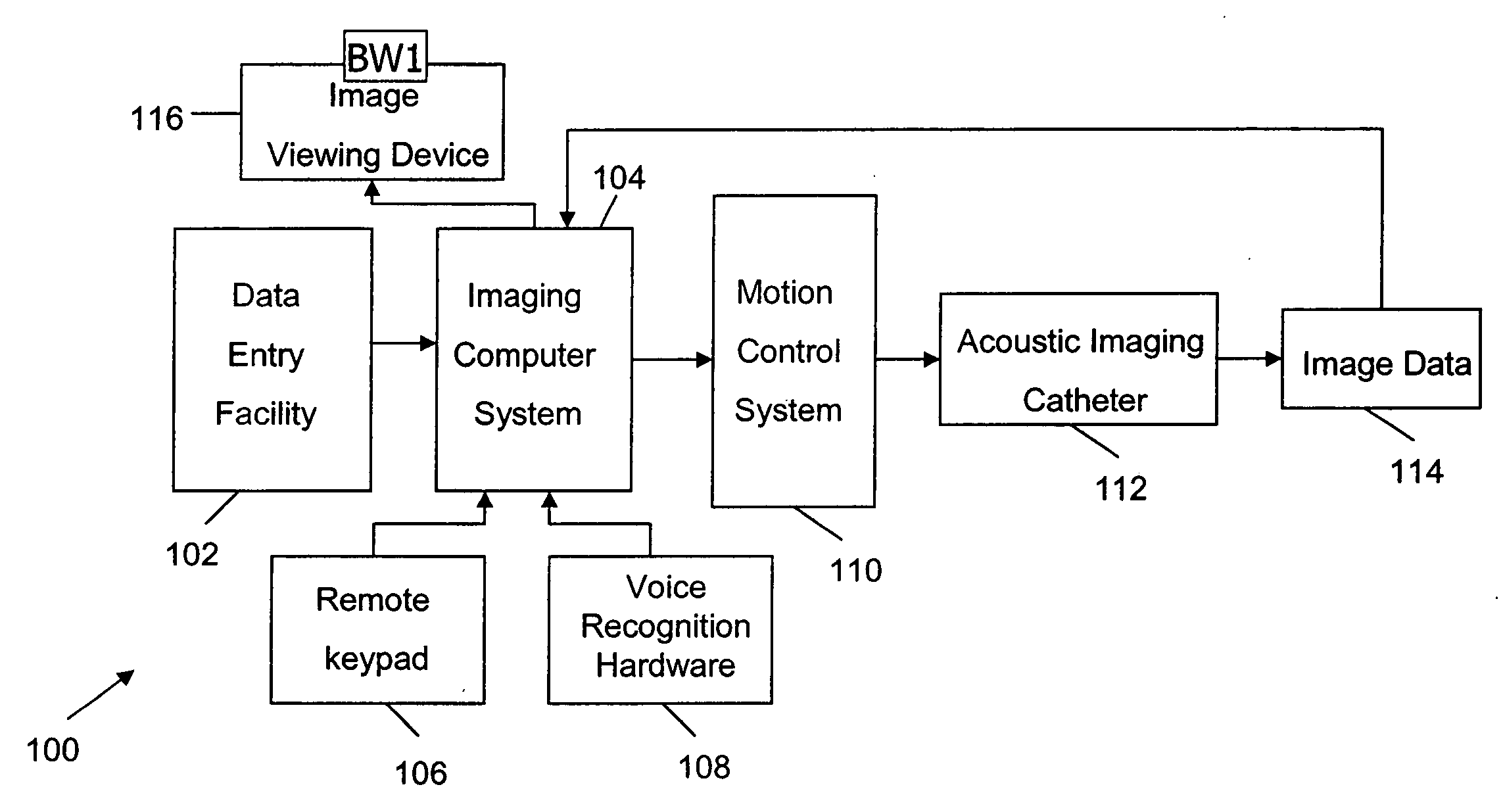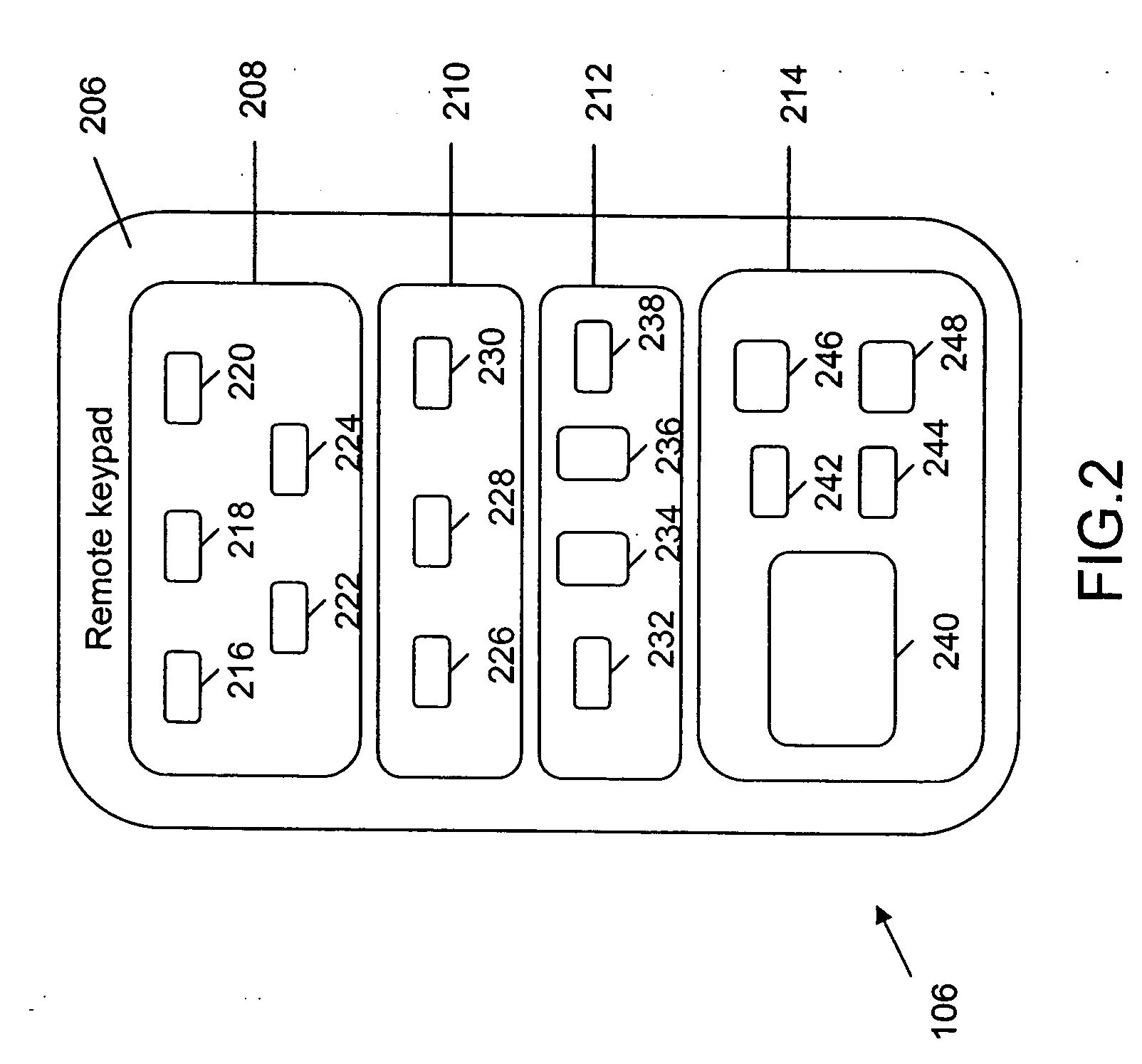Transurethral ultrasonic imaging system
a transurethral ultrasonic imaging and ultrasound technology, applied in the field of ultrasound scanning systems, can solve the problems of inability to completely depend on trus for accurate imaging of the entire prostate gland, and inability to produce high-quality images of the prostate gland, so as to reduce the required number of tissue biopsy samples
- Summary
- Abstract
- Description
- Claims
- Application Information
AI Technical Summary
Benefits of technology
Problems solved by technology
Method used
Image
Examples
Embodiment Construction
[0020] For the sake of convenience, the terms used to describe various human anatomical structures and embodiments of the invention are defined below. It should be understood that these are provided merely to aid the understanding of the description, and that the definitions should in no way limit the scope of the invention, which is defined by the appended claims.
[0021] Anterior: Situated at the front or the front surface of an organ.
[0022] Apex of the prostate: The end of the prostate gland located farthest away from the urinary bladder.
[0023] Axial / Longitudinal: Along the centerline of the urethra, regardless of patient position.
[0024] Biopsy: The removal of small sample(s) of tissue for examination under a microscope.
[0025] Bladder: The hollow organ that stores and discharges urine from the body.
[0026] Bladder neck: The outlet area of the bladder. It is composed of circular muscle fibers (bladder sphincter), and helps control urine flow from the bladder into the urethra.
[...
PUM
 Login to View More
Login to View More Abstract
Description
Claims
Application Information
 Login to View More
Login to View More - R&D
- Intellectual Property
- Life Sciences
- Materials
- Tech Scout
- Unparalleled Data Quality
- Higher Quality Content
- 60% Fewer Hallucinations
Browse by: Latest US Patents, China's latest patents, Technical Efficacy Thesaurus, Application Domain, Technology Topic, Popular Technical Reports.
© 2025 PatSnap. All rights reserved.Legal|Privacy policy|Modern Slavery Act Transparency Statement|Sitemap|About US| Contact US: help@patsnap.com



